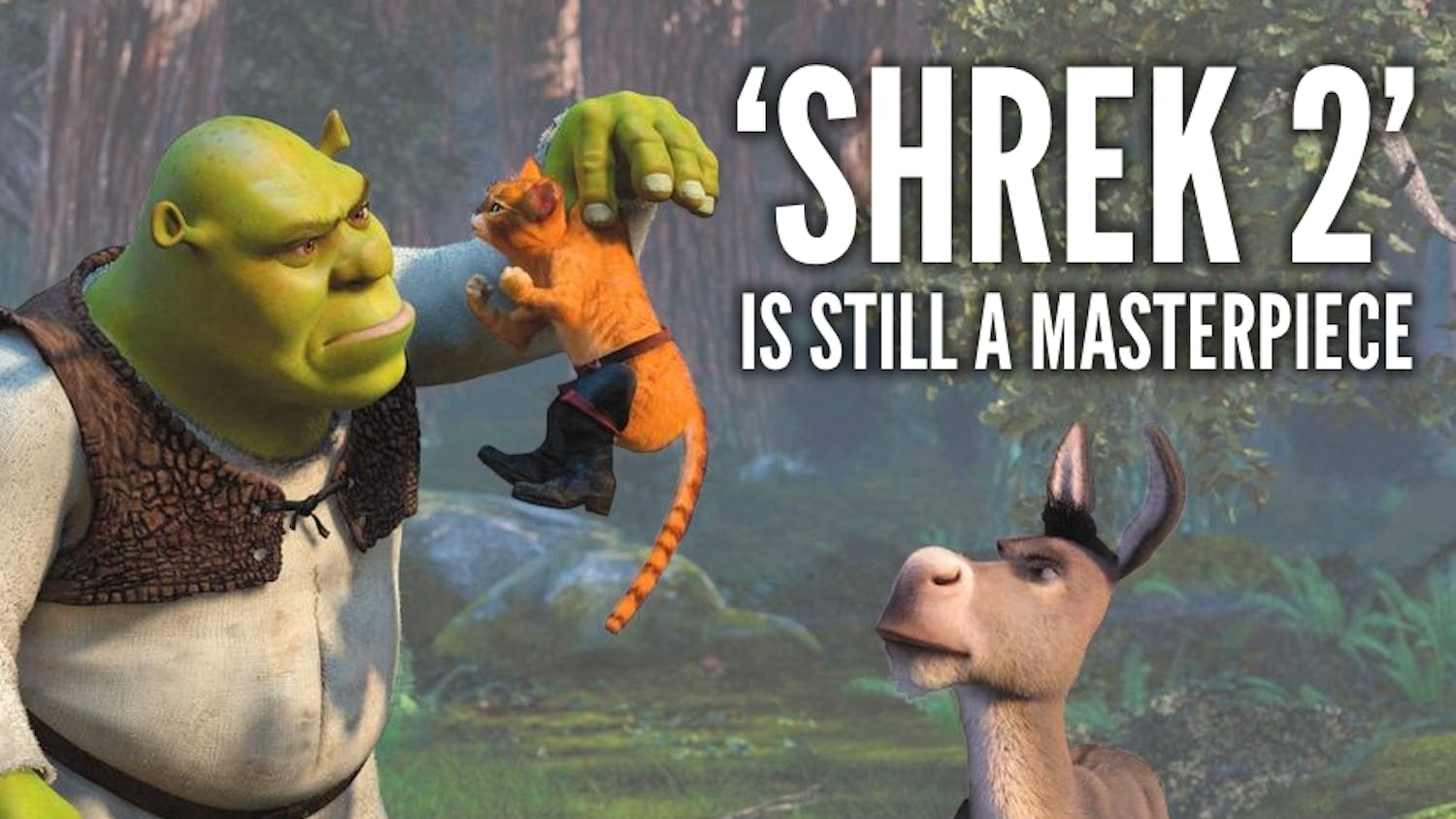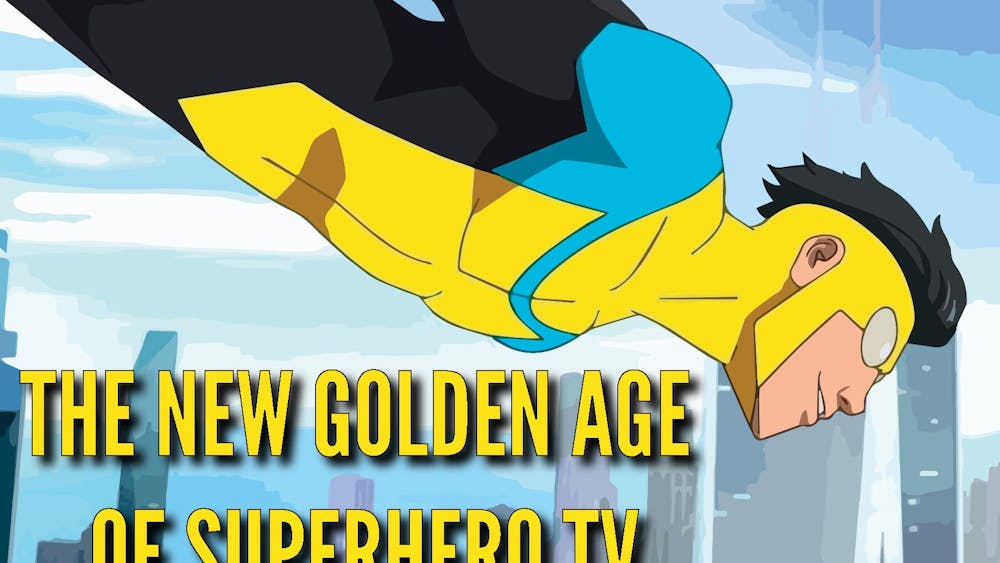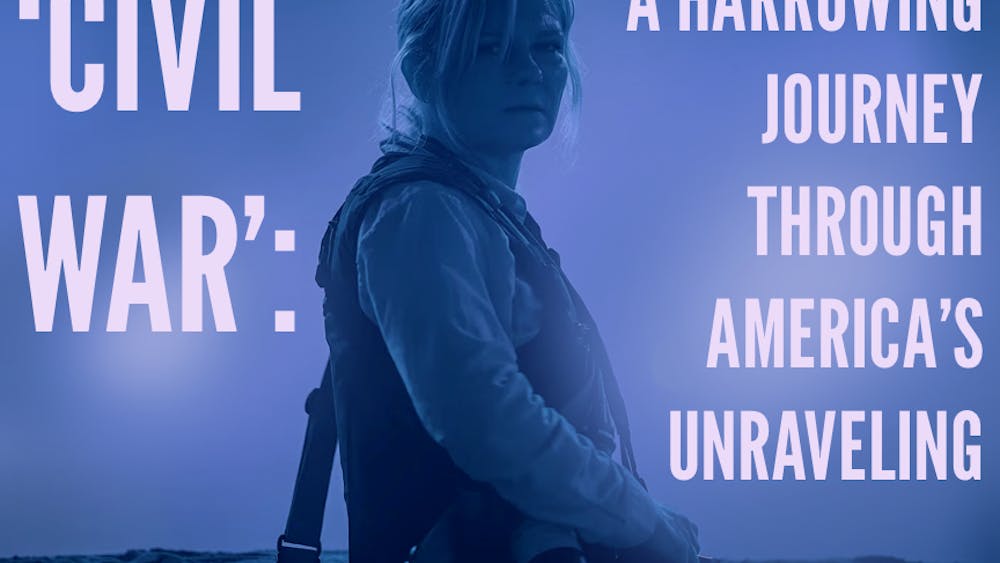Many musicians, especially those in the indie and electronic music scenes, experiment with music to create artsy smatterings of sound. For example, an album can be crafted out of many different songs that together tell a broader story. Each individual song can use strange time signatures or chord progressions to push our ears into unfamiliar territories. Sometimes, listening to experimental music can be difficult or even unpleasant, but a good piece of work always rewards the listener in some way. The majority of experimental pieces reveals layers of meaning or even hints of poppy, familiar melodies woven into the fabric.
Laurel Halo's music has always fallen into the category of "experimental electronic" music, or music that relies heavily on computer manipulation and synthesizers to explore new sounds. For a while, the songwriter failed to burst into the spotlight; her work, though innovative, sounded cold and distant. With her debut album, "Quarantine," Halo introduced vocals and harmonies into her complex electronic soundscapes, breathing life and emotion into an otherwise unapproachable sound. The juxtaposition of vocals, alien synthesizers, and chords that hung confusingly between major and minor created a work that was not only exciting but human. On a couple of tracks, Halo incorporated relatively simple melodies into her shifting beats, crafting tantalizing near-pop songs out of unfamiliar sonic ingredients. All in all, "Quarantine" was a masterpiece, a record full of crazy ideas that rewarded the listener time and time again with snippets of the familiar.
With her new record, "Chance of Rain," Halo's gotten rid of the vocals. Most of the tracks are devoid of melody, filled instead with rambling beats that subtly shift and evolve over time. Perhaps the greatest difference between "Quarantine" and "Rain" is represented in the album covers - while "Quarantine's" cover features bright neon rainbows, "Rain" is a black-and-white depiction of a graveyard. While "Quarantine's" swirling synths were thick and colorful, "Rain" is a much more monochromatic piece. The synths are thinner and crisper, and the drum machines rattle and shudder. "Chance of Rain" takes Halo's sound back into the alien territory she previously inhabited, and unfortunately it sounds like a step backwards instead of an improvement or a revelation.
Not necessarily a bad piece of art, "Chance of Rain" is just much, much harder to appreciate. It often seems emotionless, and it's not the sort of electronic record that anyone would dance to either-which are two reasons why we listen to music in the first place. "Chance of Rain" is essentially a collection of beat experiments full of shifting ideas that sound new and different, but not particularly interesting. Tracks change, adding new sonic elements to basic, repetitive beats, sometimes morphing the sonic landscape completely but rarely into anything memorable or interesting.
Laurel Halo is certainly doing something every track, it's just hard to tell why she's doing it, and even harder to later remember what she actually did.
As a man who listens to a lot of experimental music, I have to say this record is one of the most confusing and driest pieces I've worked with. Almost complete lack of melody makes this album personally impenetrable. Perhaps there's something deep and meaningful to be discovered, but if so, I can't find it. Although I'd like to say I don't need emotion or social motivation to listen to music, "Chance of Rain" is the album that forces me to recognize that's just not true yet.
Contact John Darr at jdarr@nd.edu













